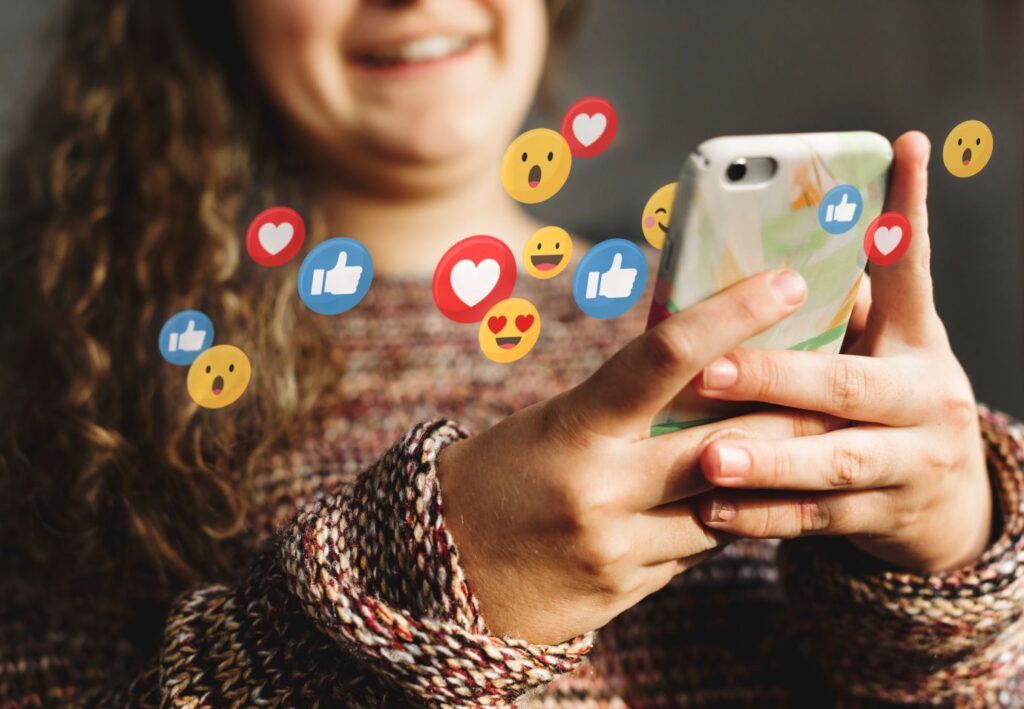The Albanese government’s upcoming social media ban for under-16s has stirred plenty of conversations and families, educators and mental health professionals are left weighing the implications.
As the ban edges closer, young people and their families may experience a range of responses, including withdrawal, frustration, and isolation.
Here, four experts weigh in on how parents, teachers, and the community can support young people through the transition to a healthier, balanced relationship with technology by preparing them now for when the ban comes into effect.
Facing withdrawal and a loss of connection
Pamela Ong, APAC Sales Director at cybersecurity company ESET acknowledges that an emotional reaction for children is natural.
“This shift will feel challenging for many young people, and it’s natural to expect a range of emotions,” Ong notes. However, she views this time as a unique opportunity for families.
“This year gives families a chance to strengthen their understanding of online safety. By learning about digital privacy and online risks together, we can guide our children and ourselves to feel secure and informed.”
Dr. Kate Renshaw, psychologist and play therapist emphasises the importance of empathy in these conversations.
“Imagine if you were told your online social connections were suddenly cut off—how would you feel?” she asks.
“This change can be used to help children understand that these new restrictions are meant to protect them. Parents who approach these topics with sensitivity can make the transition easier by fostering a more open, resilient approach to technology.”
A community approach to online safety
Meanwhile independent cybersecurity consultant and safety advocate, Jacqueline Jayne (JJ) believes that a ban may inadvertently exacerbate feelings of isolation by pushing young people to find hidden ways to access social media.
“A social media ban is the wrong approach as you can’t un-ring the bell, especially when dealing with kids that are already digital natives.”
Advocating for open conversation and awareness, she adds, “Parents should sit down, listen to their kids’ experiences with social media, and prepare for how they might get around restrictions. If your kids are already using social media, sit down, talk to them, and listen to what they say.” She points out that younger children under 13 may benefit from ‘dumb phones’ that restrict online access, preserving social connection without the risks of digital exposure.
For Melinda Lake, psychologist and Clinical Director at Hope in Health, understanding why kids are drawn to social media can also shape these discussions.
“Social media can create a pressure cooker of unrealistic comparisons, cyberbullying, and the need to be constantly ‘on’,” she says.
“A thoughtful conversation around these pressures helps kids understand why stepping back is beneficial,” she suggests, “as it’s a chance to reduce the social pressures that affect self-esteem and replace them with support systems in the real world.”
JJ advocates for education also, but emphasises that it’s an ongoing need, not a one-time response to the ban. “Take responsibility for educating yourself and your kids on online safety,” she advises parents and caregivers. “
The importance of offline connections
Lake also added that helping children reclaim a balanced life beyond screens is essential.
“Without constant notifications, young people can rediscover real-life friendships, hobbies, and outdoor activities,” she says.
She suggests it could also potentially reduce anxiety, limit exposure to cyberbullying, and encourage a healthier self-image away from the “unrealistic comparisons” that social media often promotes. She further explains that teachers and parents supporting the transition, by encouraging offline interests, will foster resilience and self-confidence in kids.
Dr Kate also notes that play and creativity are often lost in the world of social media but can be reintroduced with the right encouragement. “When kids step back from screens, they can engage in play that builds emotional intelligence and resilience, and provides a safe way to explore their emotions and socialise” she says.
“Making space for children to express themselves without a digital filter could foster opportunities for new social interaction pathways,” she says, advocating for “freedom of expression” to support healthy emotional development.
“Supporting play is an excellent way to bridge the emotional gap that digital interaction sometimes fills,” she explains. “If kids feel validated in their offline experiences, they’re more likely to find joy and balance in them.”
Digital literacy, challenges for educators and a supportive community
While Pamela Ong also echoes the sentiment around offline activity, she adds that fostering open conversations about online and offline responsibility can build lasting digital literacy. “If we support children in understanding boundaries now, by educating ourselves alongside our kids, they’ll be better prepared to make safer, more responsible choices in the digital world later.”
As families prepare for this shift, there was agreement that teachers play an essential role, too.
JJ recommends that schools take a proactive stance by providing resources and opening discussions about online safety. “Curate resources about online safety for yourself and your students,” she suggests to teachers. “Engage with parents as often as possible so that students receive consistent messaging across all environments.”
Renshaw also emphasises the positive role educators can play, especially around promoting empathy and emotional support, and helping kids process the shift constructively. “Educators have a unique opportunity to validate their students’ feelings and foster understanding about why these changes are happening,” she says.
Moving forward together
Ultimately, while opinions vary on the effectiveness of a ban, there is consensus on the importance of balanced, open communication. Supporting kids in understanding privacy concerns and boundaries, could be the beginning of a healthier digital relationship for many young Australians.
Lake supports a hybrid approach, advocating for “gradual adaptation to a balanced use of online media” that respects children’s developmental needs and promotes long-term resilience.
In contrast, Jayne emphasises the limitations of boundaries alone. “A ban can only go so far,” she notes. “True understanding and self-regulation come from active conversations and ongoing support, not imposed restrictions.”
As the social media ban for under 16s unfolds, families, educators, and professionals must approach the challenge thoughtfully, balancing empathy with proactive education.
By preparing now, parents and teachers can equip young Australians to navigate the evolving digital landscape with confidence and wellbeing, helping them find a meaningful balance between the online and offline worlds.


